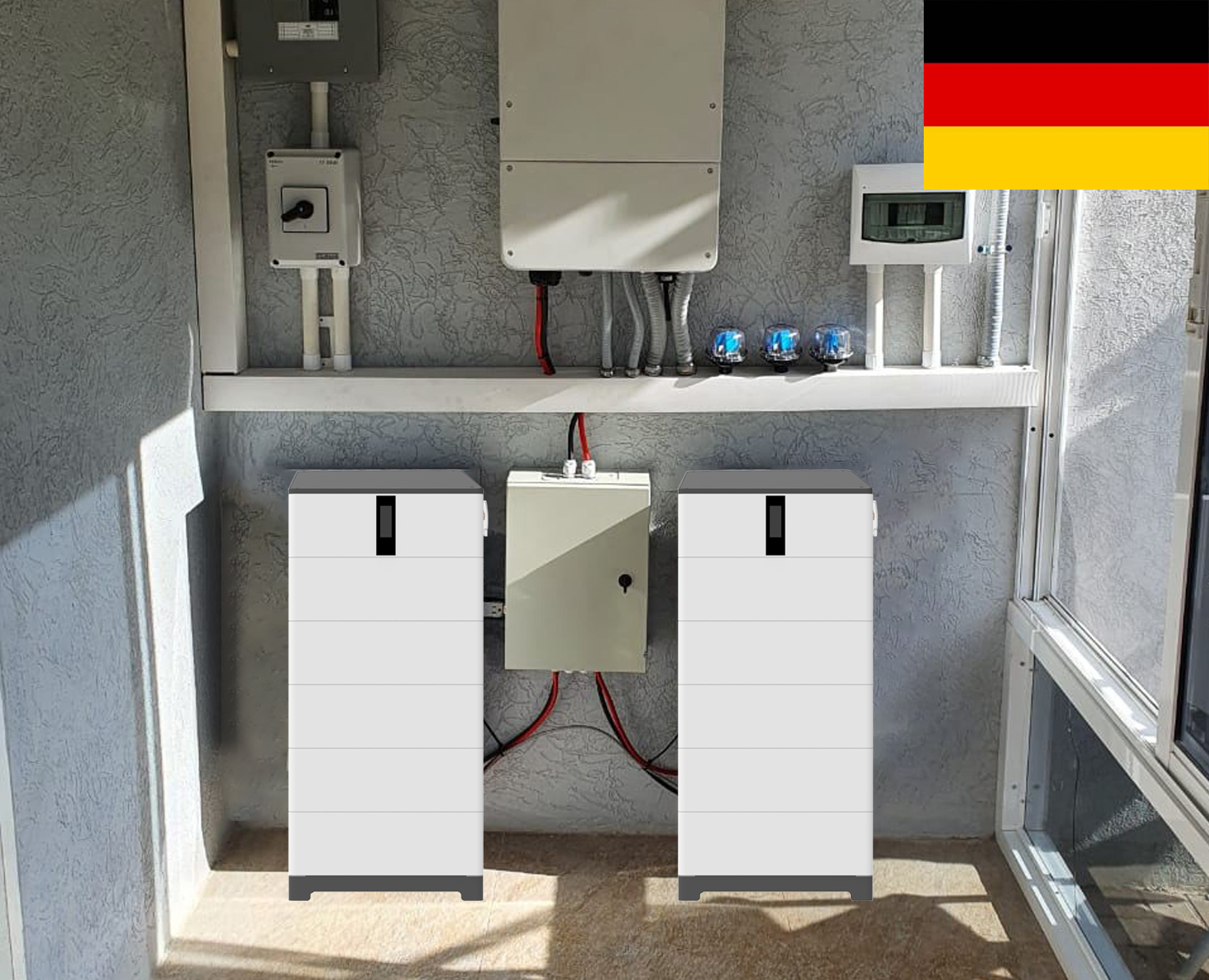In the realm of sustainable energy solutions, high voltage stackable batteries stand out as a beacon of innovation, offering a path toward energy independence with unprecedented efficiency and reliability. This article delves into the transformative impact of these batteries, particularly when integrated into home solar battery systems, illuminating their role in advancing solar energy storage and the broader adoption of renewable energy sources. With a focus on a leading example from RAJA EV (https://www.rajaev.com/), specifically their high voltage stackable battery system (https://www.rajaev.com/product/high-voltage-stackable-battery-system-3kwh.html), we'll explore how these batteries are shaping the future of home energy storage and solar energy utilization.

The advent of high voltage stackable batteries has heralded a new era in home battery storage and solar energy systems. These batteries, characterized by their scalability and high energy density, offer a robust solution for storing excess solar power, thereby enhancing the self-sufficiency of solar energy systems. Unlike traditional battery storage options, high voltage stackable batteries, such as those offered by RAJA EV, provide a modular approach to energy storage, allowing homeowners to tailor their storage capacity to meet their specific energy needs.
The integration of high voltage stackable batteries into home solar battery systems revolutionizes how households capture, store, and utilize solar energy. By enabling the storage of surplus energy generated during peak sunlight hours, these batteries ensure that homes have a continuous power supply, even during periods of low solar output or peak energy demand. This capability not only maximizes the use of renewable energy but also significantly reduces reliance on the grid, paving the way for greater energy independence.
One of the key benefits of solar battery systems, particularly those incorporating lithium ion solar batteries, is their efficiency and longevity. Lithium ion batteries offer a higher energy density and a longer lifecycle compared to traditional battery technologies, making them an ideal choice for solar energy storage. Furthermore, their ability to rapidly charge and discharge makes them highly effective in managing the variable output of solar panels, ensuring a stable and reliable energy supply.
Solar energy storage plays a critical role in the transition to renewable energy, allowing for the effective management of solar power generation and consumption. High voltage stackable batteries enhance this capability by providing a flexible and scalable storage solution that can adapt to varying energy demands. This adaptability is crucial for optimizing the performance of solar energy systems and achieving a balance between energy production and usage.
The ultimate goal of integrating high voltage stackable batteries into home solar systems is to achieve energy independence. By reducing dependence on the grid and maximizing the use of locally generated solar power, households can significantly lower their energy bills and contribute to a more sustainable and environmentally friendly energy landscape. Moreover, the modular nature of these batteries allows for easy expansion, ensuring that energy storage capacity can grow in tandem with increasing energy demands or solar array expansions.
High voltage stackable batteries represent a significant leap forward in the quest for sustainable and independent energy solutions. Their integration into home solar battery systems offers a myriad of benefits, from enhanced energy efficiency and reliability to increased energy independence and environmental sustainability. As companies like RAJA EV continue to innovate and expand their offerings, the future of home energy storage and solar energy utilization looks brighter than ever. With the right technologies and strategies, achieving a sustainable, self-sufficient energy future is within reach.
By continuing to use the site you agree to our privacy policy Terms and Conditions.